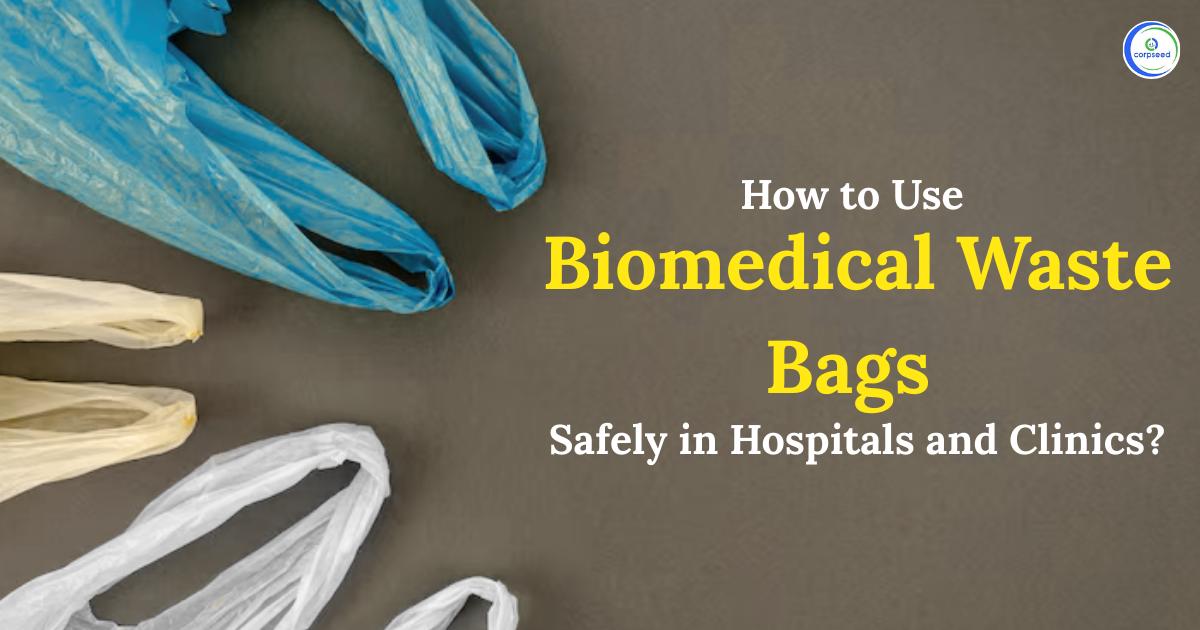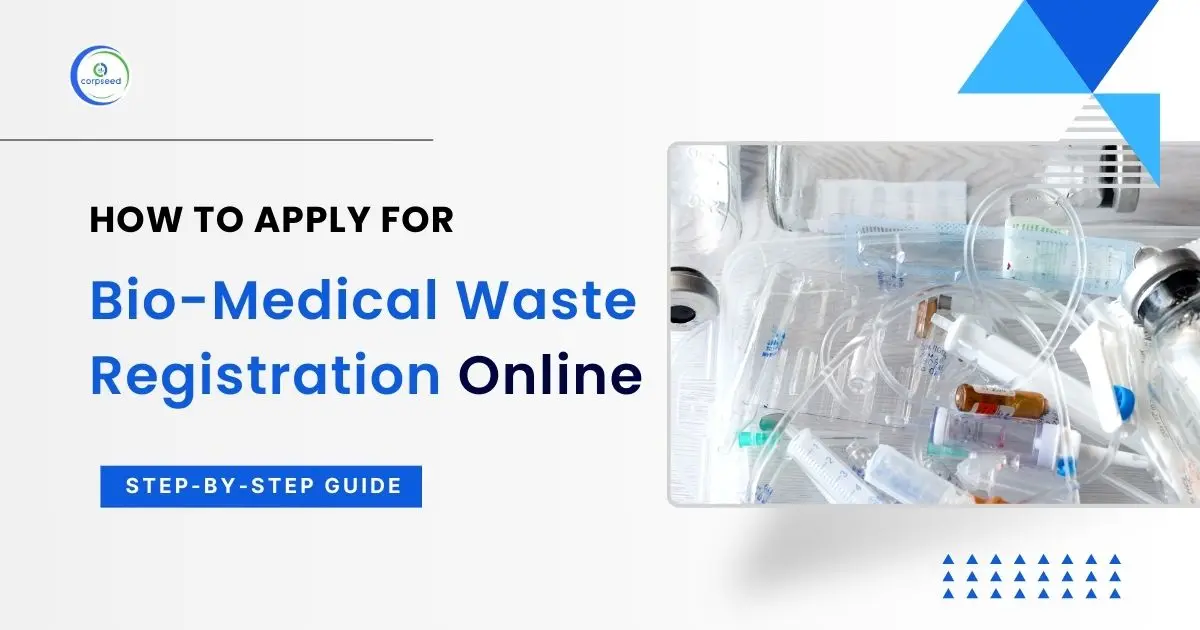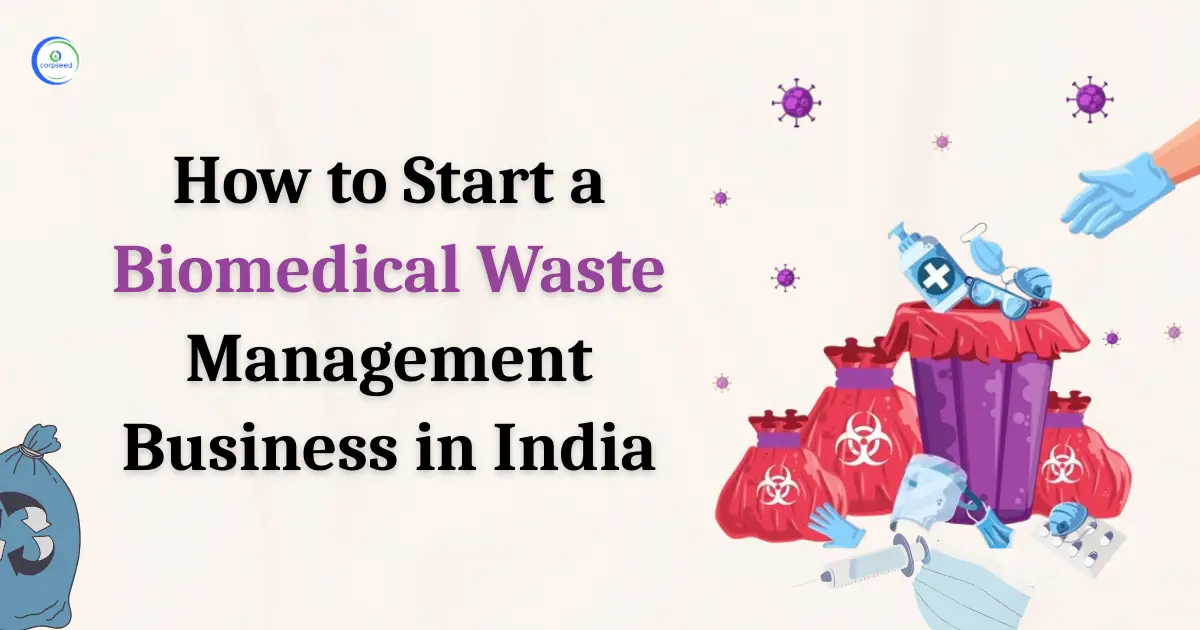Hospitals, clinics, and diagnostic centers generate significant amounts of biomedical waste every day, including syringes, used gloves, dressings, lab samples, and pathological waste. If not managed correctly, this waste can spread infections, harm healthcare workers, and damage the environment. One of the most reliable tools for safe disposal is the biomedical waste bag, which allows proper segregation, storage, and transfer of hazardous medical waste. Using these bags effectively is both a legal requirement under the Biomedical Waste Management Rules and a responsibility for public safety.
Table of Contents
- Importance of Biomedical Waste Bags in Healthcare
- Color Coding of Biomedical Waste Bags
- Safe Handling Protocols for Biomedical Waste Bags
- Compliance with CPCB and SPCB Rules
- Risks of Improper Use of Biomedical Waste Bags
- Role of Technology in Biomedical Waste Bag Management
- Best Practices for Safe Use of Biomedical Waste Bags
- Future of Biomedical Waste Bag Usage in India
- Conclusion
--------------Blog Contact Form-------------
Importance of Biomedical Waste Bags in Healthcare
Biomedical waste bags play an important role in hospital waste management systems. They are specially manufactured to contain hazardous and infectious materials without leakage or spillage. Unlike ordinary plastic bags, biomedical waste bags are made from strong, non-chlorinated materials that do not release harmful toxins when treated.
The key reasons for their importance include:
- Preventing infections: Contaminated waste like syringes or dressings is immediately isolated, lowering the risk of cross-contamination.
- Protecting healthcare staff: Safe waste handling reduces accidental injuries and exposure to dangerous pathogens.
- Maintaining hygiene: Hospitals and clinics stay cleaner and safer when waste is disposed of correctly.
- Legal compliance: The use of approved bags is compulsory under CPCB (Central Pollution Control Board) and SPCB (State Pollution Control Boards) regulations.
- Environmental protection: Proper disposal ensures toxic medical waste does not contaminate soil, water, or air.
Color Coding of Biomedical Waste Bags
Biomedical waste bags are categorized by color to simplify segregation and ensure proper treatment. This system is outlined in the Biomedical Waste Management Rules and is mandatory for all healthcare facilities.
- Yellow Bags: Used for human and animal anatomical waste, soiled waste such as dressings and bandages, expired medicines, and chemical waste.
- Red Bags: Used for contaminated but recyclable materials such as IV tubes, catheters, syringes without needles, urine bags, and gloves.
- White (Translucent) Bags/Containers: Used for sharps such as needles, blades, and scalpels. These containers are puncture-proof and tamper-proof.
- Blue Bags/Containers: Used for glassware, including vials, ampoules, and broken or discarded glass.
Following this system ensures that each type of waste is treated through the appropriate method, such as incineration, autoclaving, shredding, or recycling.
Safe Handling Protocols for Biomedical Waste Bags
Safe handling of biomedical waste bags requires a structured approach that covers segregation, labeling, storage, and final disposal. Hospitals and clinics must ensure that all staff follow strict procedures for safe usage.
1. Segregation at the Source
Biomedical waste should be segregated at the point of generation - such as patient wards, operation theaters, ICUs, or laboratories. Waste must be placed directly into the correct color-coded bag without delay.
2. Using Approved Bags
Only CPCB-approved, non-chlorinated biomedical waste bags should be used. These are designed to be durable, leak-proof, and resistant to tearing. They must also display the biohazard symbol for easy identification.
3. Proper Labeling and Barcoding
Biomedical waste bags must be labeled clearly. The labeling system includes:
- A biohazard symbol for recognition.
- A barcode system for digital tracking of waste from generation to treatment.
- Barcoding ensures accountability and compliance with CPCB and SPCB regulations.
4. Training Healthcare Staff
Doctors, nurses, and sanitation staff must receive training on:
- Correct color-coded bag usage.
- Proper sealing of bags to avoid leakage.
- Safe transportation of waste to storage areas.
- Use of personal protective equipment (PPE) such as gloves, masks, and aprons.
5. Avoiding Overfilling
Bags must not be filled beyond 75% of their capacity. Overfilled bags can burst, exposing staff and patients to hazardous waste. Bags should be tied securely before removal.
6. Safe Storage and Internal Transport
Sealed biomedical waste bags must be kept in a designated storage room within the hospital. They should not remain there for more than 48 hours. Within the hospital, waste should be transported using covered trolleys or containers to prevent spillage or accidental contact.
7. Final Disposal
Biomedical waste must be handed over to authorized Common Biomedical Waste Treatment Facilities (CBWTFs). Disposal methods include:
- Incineration for anatomical and contaminated waste.
- Autoclaving or microwaving for disinfecting waste before shredding.
- Shredding and recycling for plastics and other materials.
- Deep burial in approved sites for certain categories of waste.
Compliance with CPCB and SPCB Rules
The Central Pollution Control Board (CPCB) and State Pollution Control Boards (SPCBs) regulate biomedical waste management in India. All hospitals and clinics must:
- Obtain authorization from SPCBs.
- Use only approved biomedical waste bags.
- Maintain records of waste generated and disposed of.
- Submit annual biomedical waste management reports.
- Ensure barcoding and digital tracking of waste.
- Train all healthcare and sanitation staff in safe handling practices.
- Failure to comply with these rules can result in heavy fines, cancellation of licenses, or even legal prosecution.
Risks of Improper Use of Biomedical Waste Bags
If biomedical waste bags are not used correctly, the consequences can be severe.
- Infection spread: Healthcare workers and patients may contract infections like HIV or Hepatitis B from needle stick injuries.
- Environmental damage: Burning plastics or improper disposal can release toxic fumes and contaminate soil and water.
- Legal issues: Non-compliance with CPCB or SPCB guidelines can result in penalties.
- Community exposure: Rag pickers and unauthorized handlers may come into contact with hazardous waste, risking public health.
Role of Technology in Biomedical Waste Bag Management
Technological advancements are helping hospitals manage biomedical waste more effectively.
- Barcode tracking systems ensure waste is traceable from generation to disposal.
- Mobile applications allow real-time monitoring of waste movement.
- IoT- enabled bins send alerts when bags reach 75% capacity, reducing overflow.
- Digital dashboards help hospitals track compliance and submit reports to authorities.
These solutions reduce human error, improve accountability, and make waste handling more transparent.
Best Practices for Safe Use of Biomedical Waste Bags
To maintain a safe and efficient biomedical waste management system, hospitals should adopt the following best practices:
- Place color-coded bins lined with the correct bags at all waste generation points.
- Clearly display waste segregation guidelines in wards, operation theaters, and labs.
- Replace any damaged or leaking bags immediately.
- Ensure waste handlers always wear protective gear.
- Conduct regular awareness programs and audits for staff.
- Partner with authorized CBWTFs for timely collection and disposal.
Future of Biomedical Waste Bag Usage in India
Biomedical waste generation is expected to grow as healthcare facilities expand. To address this, the government is likely to introduce Biomedical Waste Management Rules 2025, which may include:
Stricter penalties for non-compliance.
- Mandatory use of eco-friendly, non-chlorinated bags.
- Greater emphasis on recycling and waste-to-energy technologies.
- Expansion of digital tracking systems across all hospitals and clinics.
Hospitals will need to modernize their waste management systems and invest in sustainable practices to meet future regulatory requirements.
Conclusion
Biomedical waste bags are an essential component of safe hospital waste management. They help segregate, store, and dispose of infectious waste while protecting healthcare staff, patients, and the environment. Their effective use depends on proper segregation at source, compliance with CPCB and SPCB rules, correct labeling, staff training, and safe handling protocols.
Hospitals and clinics must treat biomedical waste management as a critical responsibility, not just a compliance requirement. By adopting best practices and integrating technology, healthcare facilities can reduce risks, improve hygiene, and contribute to a cleaner, healthier future.
FAQ`s
Biomedical waste in hospitals must be segregated at the source, stored in biomedical waste bags, and disposed of within 48 hours using methods like autoclaving, shredding, or incineration as per biomedical waste rules.
Biomedical waste bags are used for safe collection and segregation of infectious, pathological, and chemical waste in hospitals, reducing health risks and ensuring proper hospital waste disposal.
Precautions include proper segregation in color-coded biomedical waste bags, use of protective gear, avoiding mixing of waste types, and ensuring safe treatment under biomedical waste management guidelines.
Steps in biomedical waste management include segregation, collection in biomedical waste bags, storage, transportation, treatment, and final hospital waste disposal.
Incineration is the most effective hospital waste disposal method for treating hazardous and infectious biomedical waste safely.
The Biomedical Waste Management Rules 2016 (amended later) make it mandatory for hospitals to segregate, label, transport, and treat biomedical waste using approved methods.
This portion of the site is for informational purposes only. The content is not legal advice. The statements and opinions are the expression of author, not corpseed, and have not been evaluated by corpseed for accuracy, completeness, or changes in the law.
BOOK A FREE CONSULTATION
Get help from an experienced legal adviser. Schedule your consultation at a time that works for you and it's absolutely FREE.



.webp)





